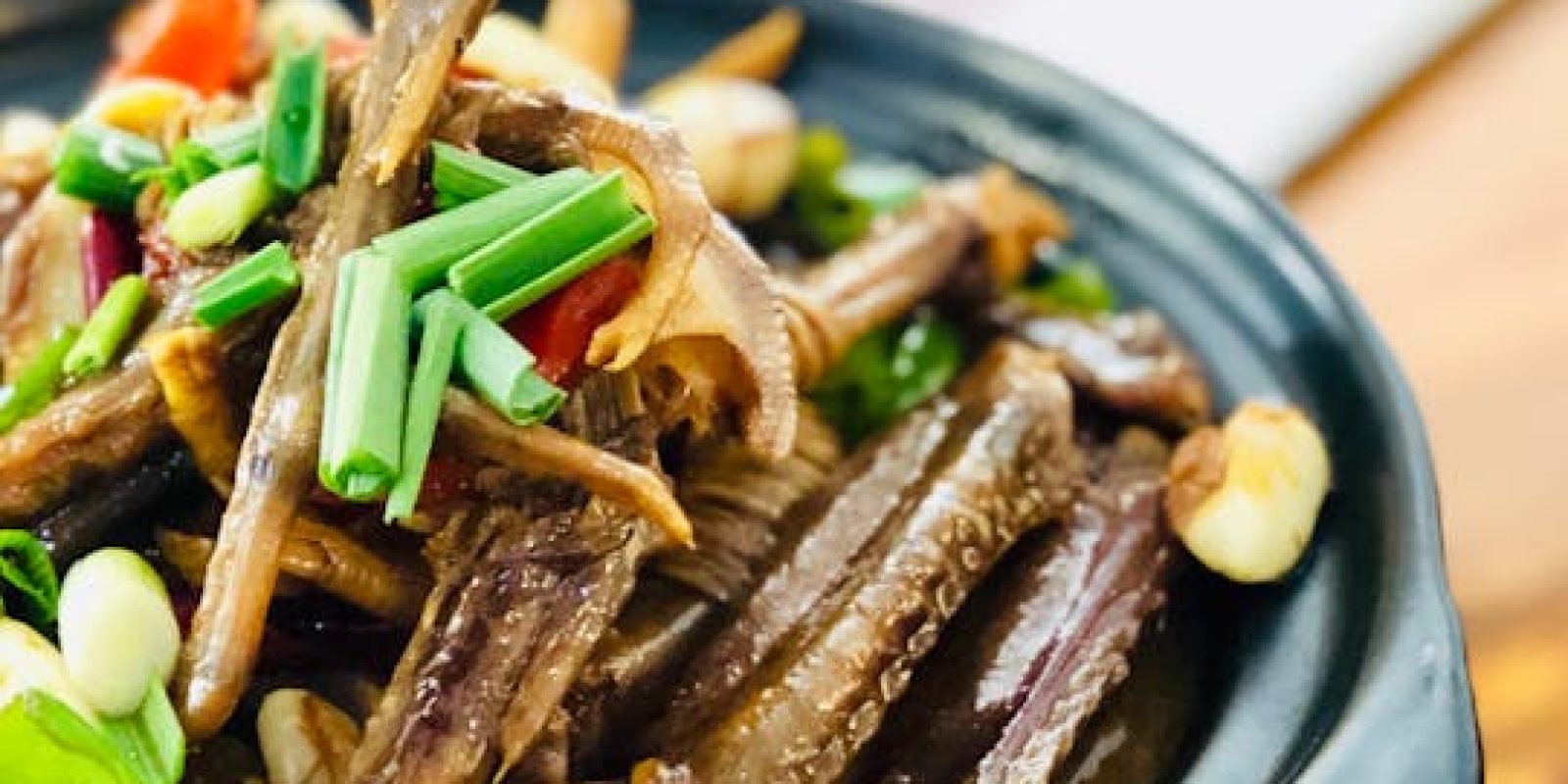Healthy Food in Chinese Cuisine: Stir-Fry Recipes
Chinese cuisine is renowned for its flavorful dishes, diverse ingredients, and rich culinary history. Among its many cooking techniques, stir-frying stands out as a method that is not only quick but also preserves the nutritional integrity of ingredients. In this blog post, we’ll explore the health benefits of stir-frying, provide delicious recipes, and share tips to make your stir-fry meals healthier.
Understanding the Health Benefits of Stir-Frying
Stir-frying is a quick-cooking method that originated in China and has since become popular worldwide. It involves cooking food at a high temperature in a small amount of oil, often in a wok. This method offers several health benefits:
- Retained Nutrients: The quick cooking time helps retain essential vitamins and minerals, such as vitamin C and B vitamins, which can be lost with prolonged cooking methods.
- Lower Fat Content: Stir-frying uses less oil compared to deep-frying, making it a lower-fat cooking option.
- Versatility: You can include a variety of vegetables, proteins, and herbs, making it easy to create balanced, nutrient-dense meals.
Statistics on Healthy Eating and Stir-Frying
According to research, incorporating more vegetables into your diet can significantly reduce the risk of chronic diseases. A study published in the National Center for Biotechnology Information found that a diet rich in vegetables can lower the risk of heart disease by 30%. Stir-frying, with its emphasis on vegetables, aligns well with these dietary recommendations.
Essential Ingredients for Healthy Stir-Fry Recipes
To create healthy and delicious stir-fry dishes, it’s crucial to start with the right ingredients. Here are some staples to consider:
Lean Proteins
Lean proteins are a cornerstone of healthy meals. Consider using:
- Chicken breast
- Tofu or tempeh for a plant-based option
- Shrimp or lean cuts of beef, such as flank steak
Colorful Vegetables
Vegetables not only add color and texture to your stir-fry but also provide essential nutrients. Include a variety of:
- Broccoli
- Bell peppers
- Snow peas
- Carrots
- Bok choy
Flavorful Aromatics
Aromatics such as garlic, ginger, and green onions are traditional in Chinese stir-fry and enhance both flavor and health benefits. Garlic and ginger, for instance, have anti-inflammatory properties.
Healthy Stir-Fry Recipes to Try
Chicken and Broccoli Stir-Fry

This classic dish is quick and easy to prepare. It combines lean chicken breast with nutrient-rich broccoli, tossed in a savory garlic soy sauce.
Ingredients:
- 1 lb chicken breast, sliced
- 2 cups broccoli florets
- 2 tbsp soy sauce
- 2 cloves garlic, minced
- 1 tbsp olive oil
- 1 tsp cornstarch mixed with 2 tbsp water
Instructions:
- Heat olive oil in a wok over medium-high heat. Add garlic and stir for 30 seconds.
- Add chicken slices and stir-fry until cooked through, about 5-7 minutes.
- Add broccoli and continue to stir-fry for another 3-4 minutes.
- Pour the soy sauce and cornstarch mixture over the stir-fry. Stir until the sauce thickens.
- Serve hot with steamed rice or quinoa.
Tofu and Vegetable Stir-Fry

A perfect choice for vegetarians, this dish is packed with fresh vegetables and protein-rich tofu. It’s both satisfying and healthy.
Ingredients:
- 14 oz firm tofu, cubed
- 1 red bell pepper, sliced
- 1 cup snow peas
- 1 carrot, julienned
- 2 tbsp soy sauce
- 1 tsp sesame oil
- 1 tbsp vegetable oil
Instructions:
- Heat vegetable oil in a wok over medium heat. Add tofu and cook until golden brown on all sides. Remove from wok and set aside.
- Add bell pepper, snow peas, and carrot to the wok. Stir-fry for 3-4 minutes.
- Return tofu to the wok and add soy sauce and sesame oil. Stir well to combine.
- Cook for an additional 2 minutes, then serve with brown rice or noodles.
Tips for Making Your Stir-Fry Healthier
While stir-frying is inherently a healthy cooking method, there are ways to make it even healthier:
Use High-Quality Oils
Choose oils with high smoke points, such as avocado oil or grapeseed oil, to withstand the high heat of stir-frying. These oils are also rich in healthy fats.
Limit Sodium
To reduce sodium intake, opt for low-sodium soy sauce or tamari. You can also enhance flavor with herbs and spices instead of relying solely on salt.
Incorporate Whole Grains
Pair your stir-fry with whole grains like brown rice, quinoa, or whole wheat noodles to increase fiber content and make your meal more filling.
Conclusion: Embrace the Health Benefits of Stir-Frying
Stir-frying is a versatile, quick, and healthy cooking method that can be adapted to suit any palate. By choosing lean proteins, colorful vegetables, and high-quality ingredients, you can enjoy nutritious meals that are both delicious and satisfying. Whether you’re a fan of traditional flavors or prefer experimenting with new combinations, the possibilities with stir-frying are endless. Start incorporating these healthy stir-fry recipes into your meal plan and experience the delectable benefits of Chinese cuisine.



